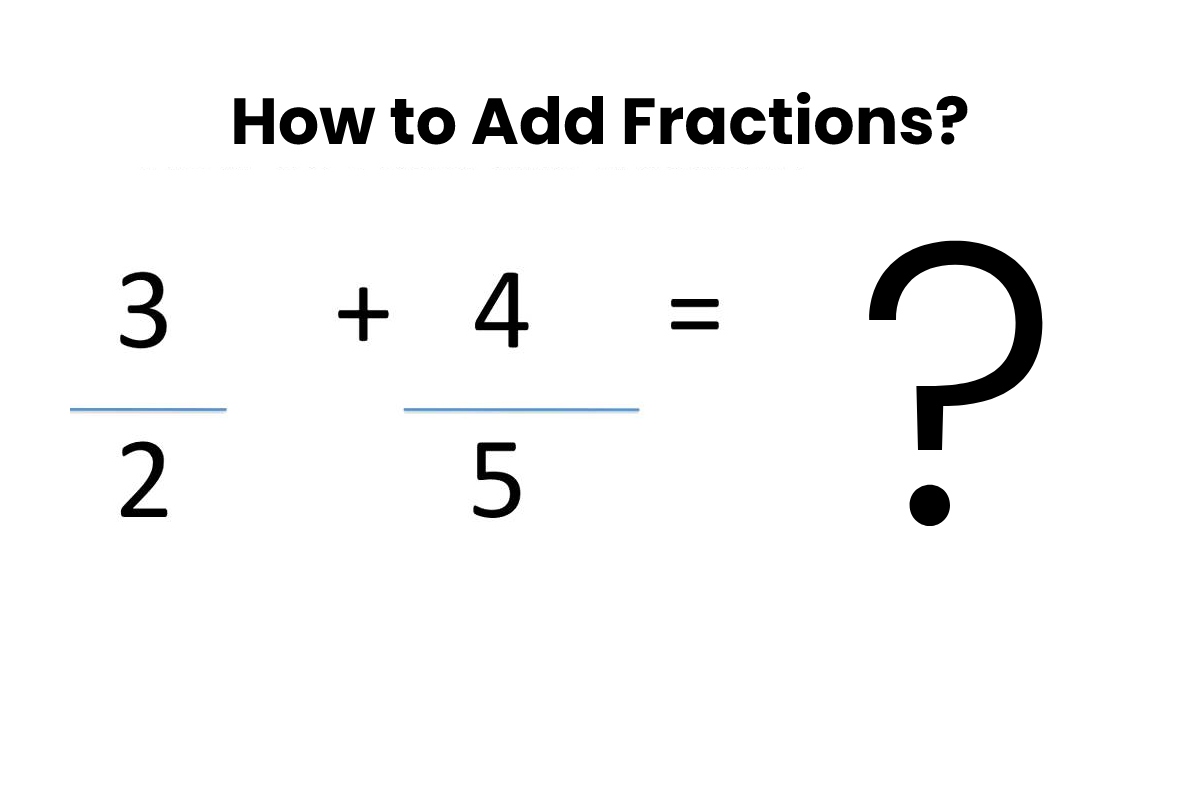In mathematics, we can represent fractions as numerical values and they can be defined as parts of a whole.
If the denominators of two fractions are the same (such fractions are said to be like fractions), then adding fractions would be an easy task. However, if the denominators are different (such fractions are known as unlike fractions), we must change the denominators and then add the fractions. Here’s where you can learn about like and unlike fractions.
In this article, we are going to learn how to add fractions with the same denominator as well as with different denominators.
Table of Contents
Addition of Fractions
Addition and subtraction are two fundamental arithmetic operations that also apply to [fractions]. To easily add as well as subtract [fractions], it is necessary to understand whether the [fractions] have the same or different denominators, as we take different steps in each case. The association of these concepts while solving addition as well as subtraction [fractions] problems is an important criterion for obtaining the correct answer.
How Do You Add When the Denominators are the Same?
In mathematics, when two fractions have the same denominator, we just need to add or subtract the numerators as indicated and then multiply the result by the common denominator. We can simplify the fraction to the lowest terms or a mixed number if necessary.
How Do You Add When the Denominators are Unlike or Different?
When [fractions] have unlike denominators, the first step you need to do is find equivalent [fractions] with the same denominators. We calculate the Least Common Denominator (LCD) and then rewrite all [fractions] in the equation as equivalent [fractions] with the LCD as the denominator. When all the given [fractions] have the same denominators, simply add or subtract the numerators and multiply by the common denominator. The resulting fraction can be reduced to its simplest form or written as a mixed number.
How to Work With Negative Fractions?
When an equation requires us to add a negative fraction, we can rewrite it as subtracting a positive fraction. Similarly, if the equation requires subtracting a negative fraction, this is equivalent to adding a positive fraction and can be rewritten in this manner.
Combining Fractions and Whole Numbers
Three simple steps are required to add a fraction and a whole number:
Write the given whole number as a fraction (for example, 3/1).
Make the denominators the same and add the fractions together.
Reduce the fraction’s complexity
As an example: 7/2 + 4 =
7/2 is a fraction, and 4 is a whole number in this case.
4 can be written as 4/1.
Now, if we make the denominators the same, we get;
7/2 and 4/1 multiplied by (2/2) equals 8/2.
Add 7/2 and 8/2 together.
7/2 plus 8/2 equals 15/2.
As a result, the sum of 7/2 and 4 equals 15/2.
Adding Fractions Tips and Tricks
The following points are useful and should be remembered when working with fraction addition:
- We do not add the numerators and denominators of unlike [fractions] directly. 1/5 plus 2/3 = ⅜
- To combine unlike [fractions], first convert the given [fractions] to like [fractions] by finding the LCM of the denominators.
- To get the sum of the fractions, add the numerators while keeping the same denominator.
Online Math Class
Do you find online math difficult? Don’t be concerned. Cuemath is the leading online education platform that can help you overcome your fear of this fascinating subject. Book free online math classes from Cuemath and get a feel for their wonderful teaching methods before deciding to sign up. This platform offers maths online classes with the best faculties who are extremely enthusiastic about strengthening your math foundation and making you fall in love with this subject.


